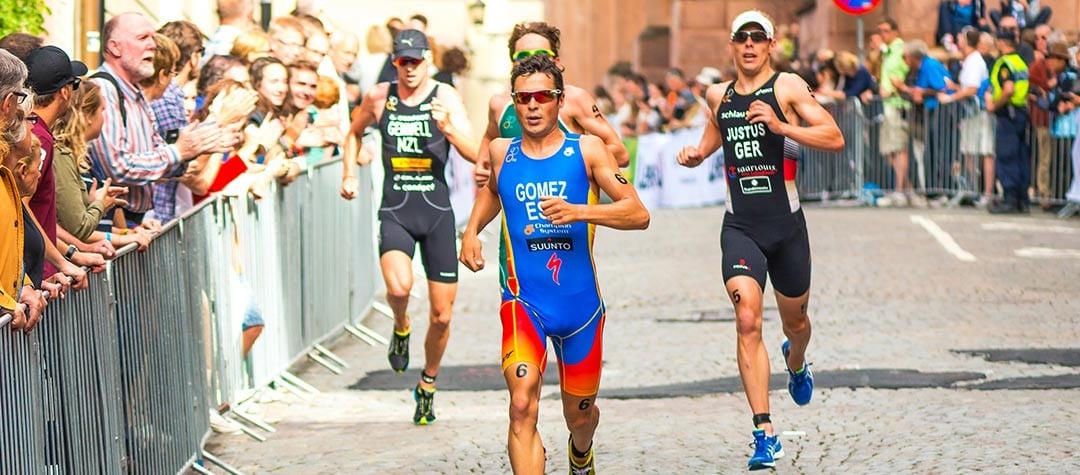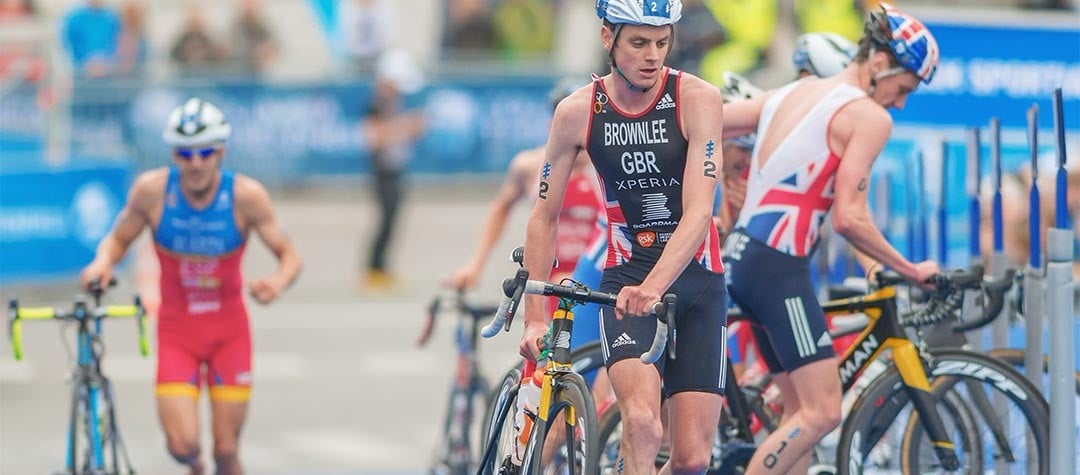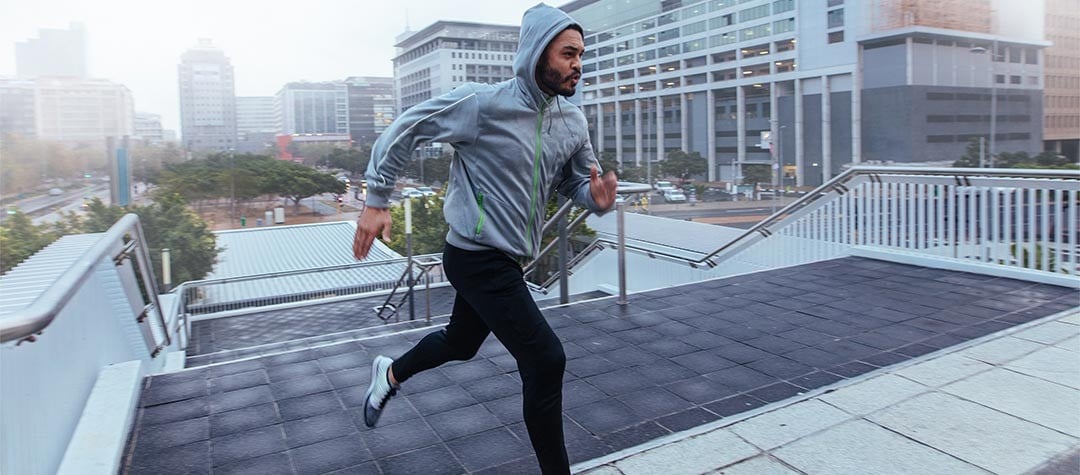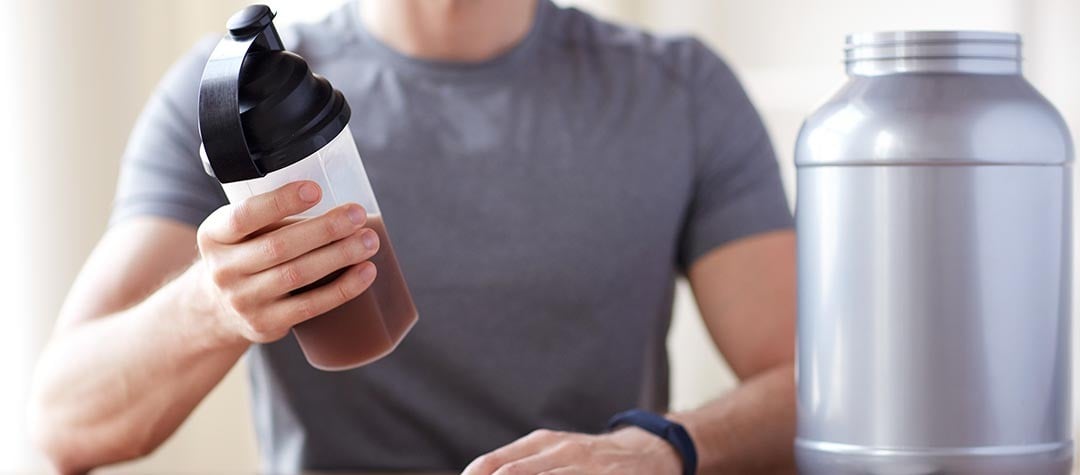Hitting the turbo can be ideal when the weather takes a turn for the worst or you are limited for time. Find out from pro triathlete Will Clarke how triathletes can make the most of turbo sessions on the bike.
Some people love turbo training and some people can’t stand it. If you’re one of the ones that’s able to turn off, pedal away and enjoy it then you’re lucky because you’ll avoid many cold winter rides and you’ll be able to get very strong over the winter or off-season. If you hate it then you should try to teach yourself to love it because turbo training can be very good for you!
I currently coach six people, and as far as I’m concerned they all need a turbo trainer and they all need to use it during the week as two rides for what they’re trying to achieve isn’t enough.
My athletes are all quite ambitious, most of them racing Age Group at the pointy end of an international level and a couple are bordering on professional. They get most of their training volume in at the weekend as this is when they have the most hours for training available to them during the week, but I feel it’s really important that they get in at least one more ride during the week and with the cold, short winter days, the only way to do that is if they use the trainer.
Plan your turbo sessions
Most important when using the turbo trainer is that you have a session written down in front of you to complete and this session should evolve as the weeks and months go on so you know you’re getting stronger and that’s proof that the training is working. If you go in aimless then you’ll likely just sit there pedalling for 45 minutes, watch a movie and not really take anything from the effort apart from a little flush of the legs. However if you set yourself targets you’ll end up pushing yourself quite hard and come away with some real benefit.
Where to start?
The best place to start is to perform a Functional Threshold Power test or if you don’t have a power meter a Functional Threshold Heart Rate test. This will help you identify your training zones so you have figures to aim at in your training but also a comparison later down the line.
It’s basically a 20 minute test. You take your average HR or Average Power and you can work out your training zones using a calculator you can find on the internet, such as on the British Cycling website.
Before building yourself a programme you should first identify what you’d like to work on. Many triathletes and cyclists use their turbo training to train their 'Sweet Spot'. This is the area just above tempo but also below your threshold and is often thought to give you the most bang for your buck in terms of training benefit. You can build it up over a period of time. For example, week 1 you can ride 3x10 mins at your 'Sweet Spot’; week 2 you could ride 2x15 mins; and week 3 ride 5x8 mins.
You should always design your session that includes a warm up, perhaps some sprints to get the heart rate up and then your main set which you can split up by also using different cadences. Low cadence around 60 rpm is useful for building strength throughout the winter or off season.
Benefits of turbo training
Apart from the obvious benefit that you don’t have to layer up and hit the cold wet roads and you can train when it’s dark, turbo training is also especially good because there is no need to ever stop pedalling so your time spend on the trainer is about 30 per cent more productive then it would be on the roads.
For time trialling this is exactly what you need and perfect conditioning. You can also work on your position without getting off the bars and without the layers around your legs making the position feel more awkward.
Turbo training can be made a lot more interesting with the use of various training monitoring tools. Heart rate can be especially useful, but if you can afford to buy one, a power meter is also perfect for indoor training.
You may complain that it feels harder to train indoors compared to outside and it’s hard to muster the motivation to really push yourself, but if you have the numbers on a display in front of you to try to hit then it’ll give you that added incentive. Over time you’ll hopefully also start to notice that your heart rate is getting lower for the same power and that in itself is proof that turbo training is great for your form.














